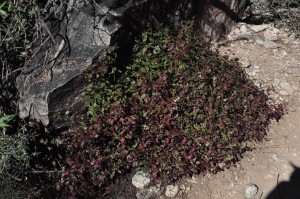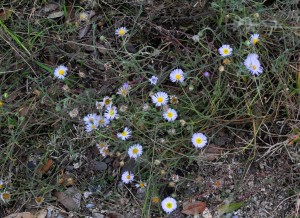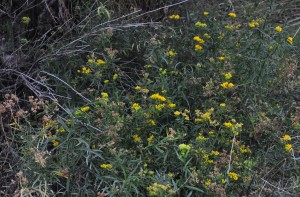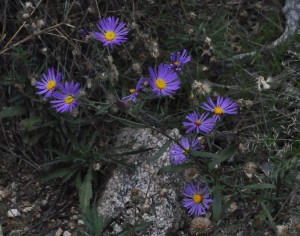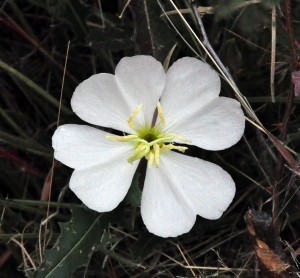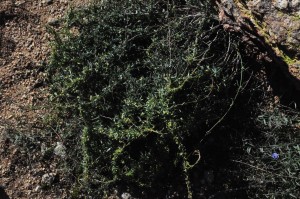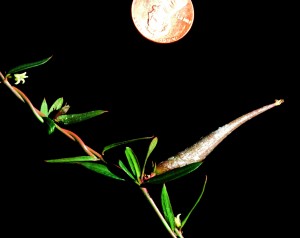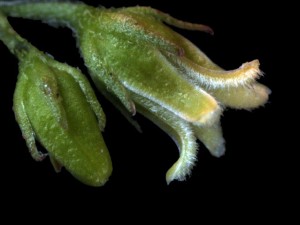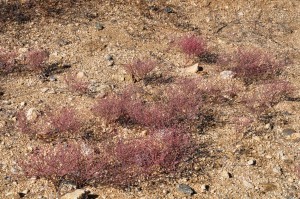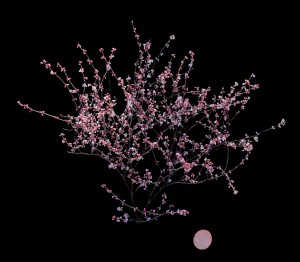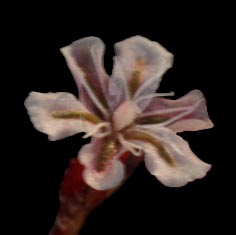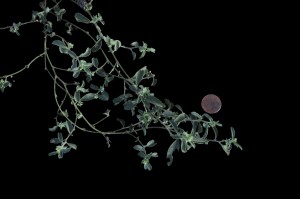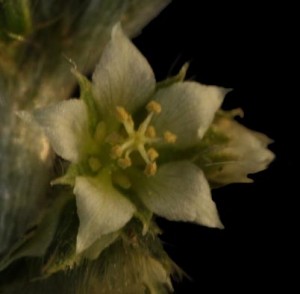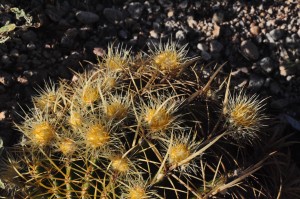Last Wednesday Ed and I hiked in Molino Basin. We were delighted to see a number of flower species still in bloom. Perhaps the most abundant was Spreading Fleabane (Erigeron divergens). We saw hundreds of these plants in bloom.
There was also quite a few Gymnosperma plants in flower (Gymnosperma glutinosum). This is a plant that blooms almost any time of the year but seemed particularly plentiful today.
Then there was the Narrow-leaf Aster (dieteria asteroides), with its beautiful bluish-purple flowers.
Much to our surprise we found a Tufted Evening Primrose in bloom (Oenothera caespitosa). We normally see these flowers from March to July. Since it is an evening bloomer the flowers usually close by about 9 or 10 in the morning. We only saw one on this walk, around noon the day before American Thanksgiving. What a beauty.
The Squaw Bush (Rhus aromatica ver. Trilobata) was not in flower but it called out to us with its fall coloring and red fruit.

Our plant walk that day was greatly enriched by the people we met on the trail, a couple from Montana, and family from Long Island, New York to mention just a few of them.
Today I walked with another friend on the Finger Rock trail. Our bird bath was frozen solid last night, but later in the morning the warm sun made us quite comfortable as we made our way up the trail. People were coming and going with smiling faces. There were a few species in bloom, notably Leadwort (Plumbago zeylanica), with its beautiful tubular white flowers and copper-colored fall leaves.
